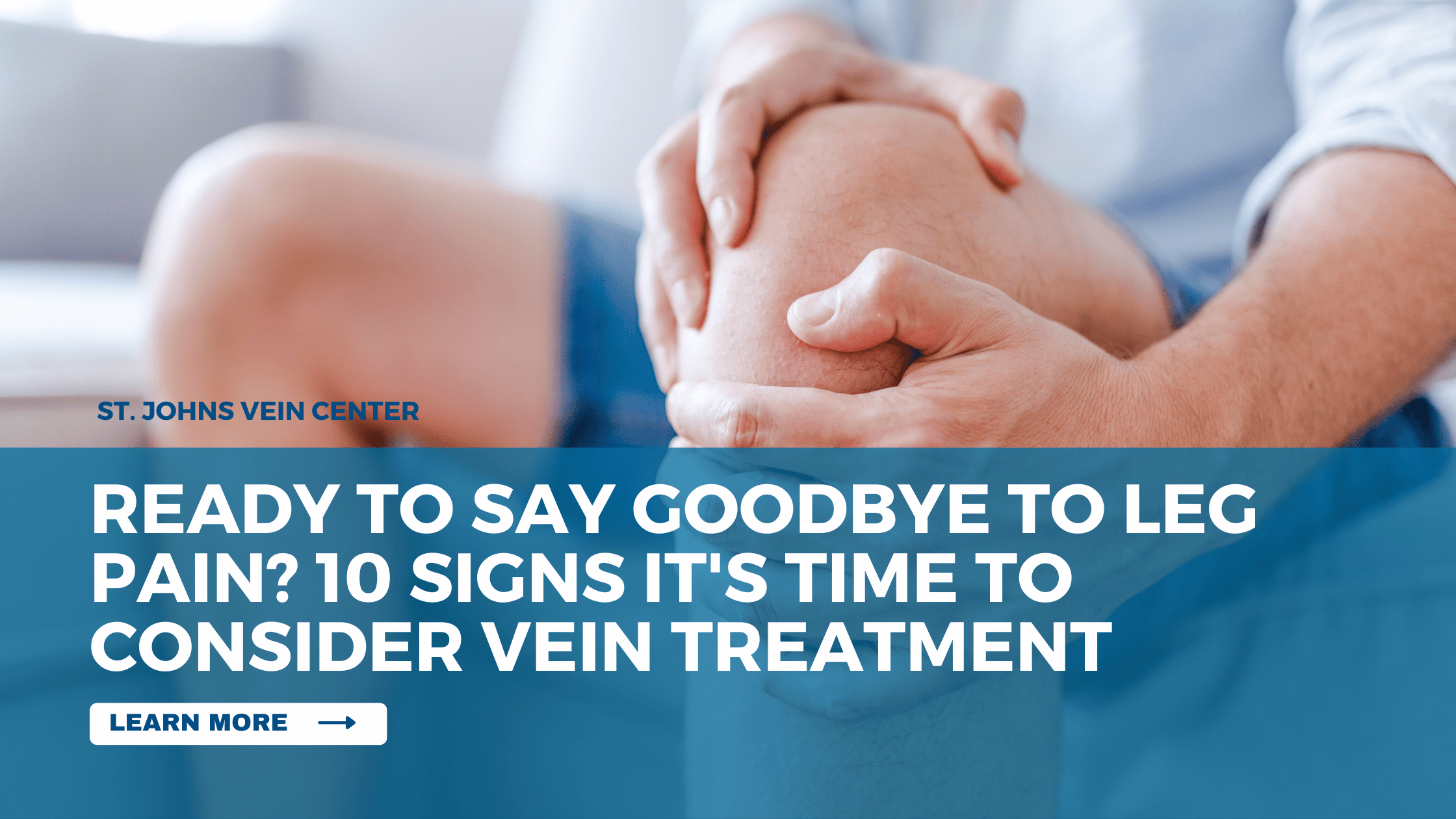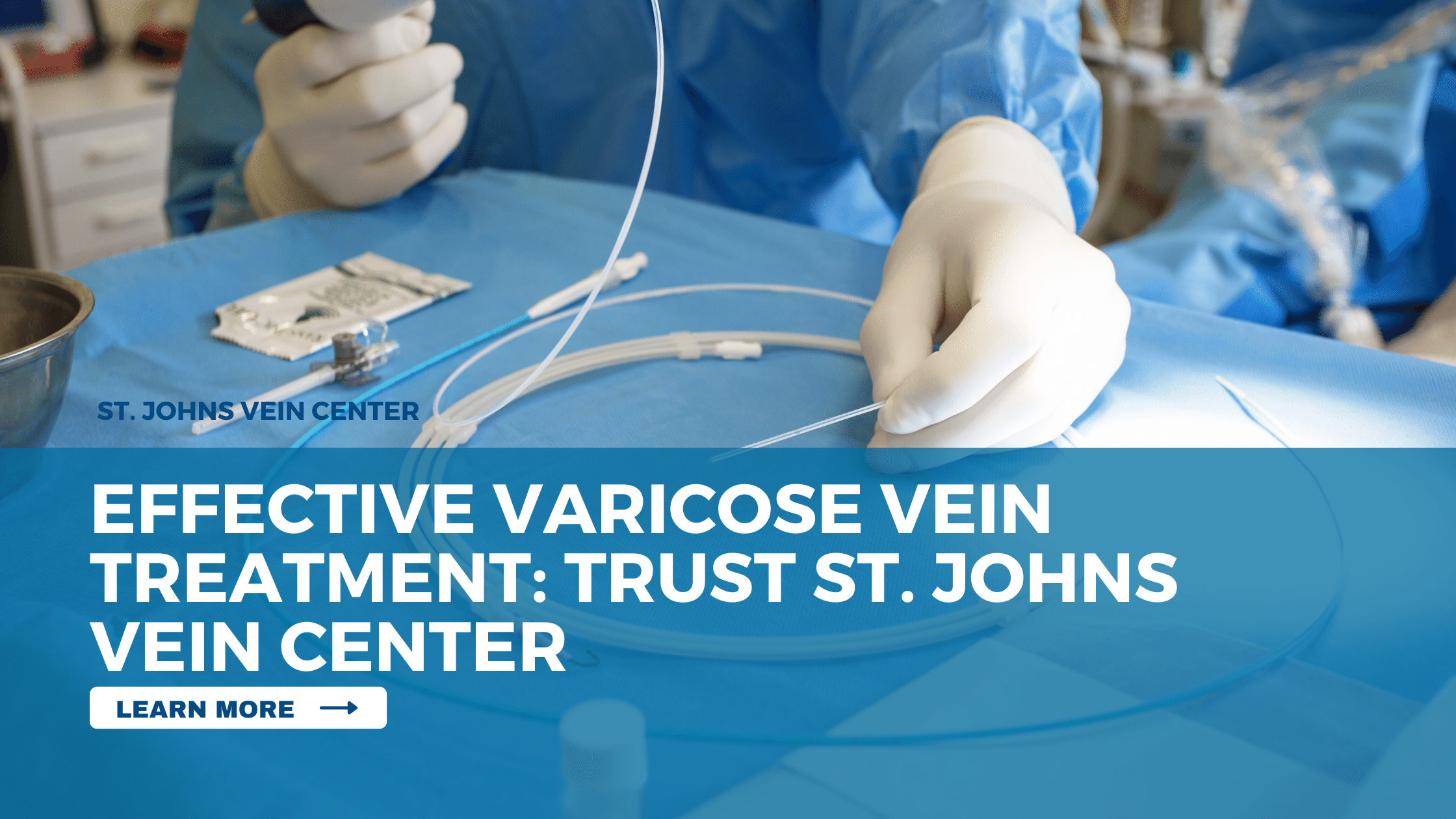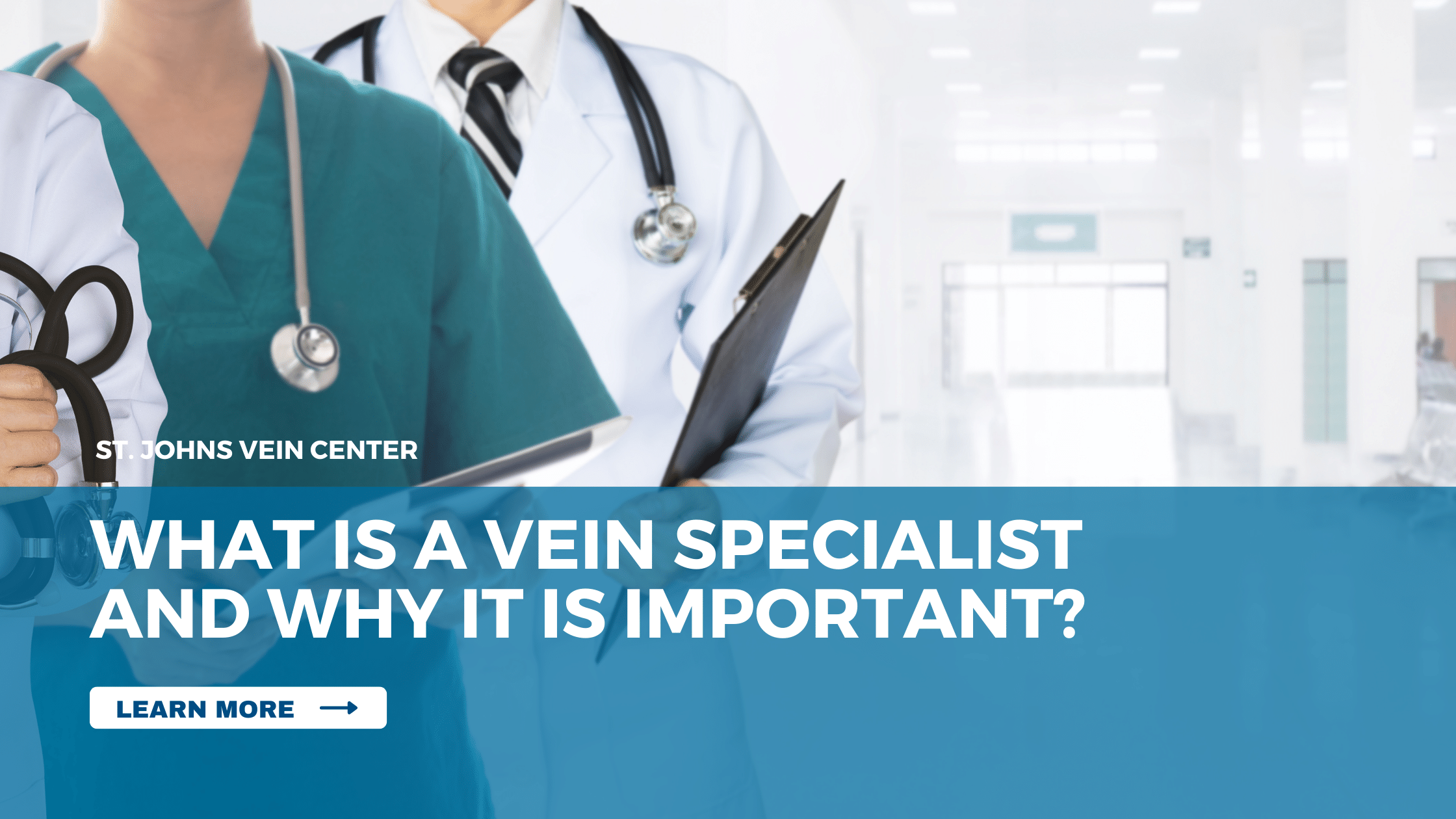Venous stasis ulcers are open lesions that form on the lower part of the leg as a result of chronic venous insufficiency (more commonly known as poor circulation). The bad news is that they are painful and unsightly. But there’s good news, too – They are both treatable and preventable.
The Symptoms of Venous Stasis Ulcers
Symptoms of venous stasis ulcers include swelling in the leg; itchy, red spots that can become thick and hard, skin thickening and darkening, and ultimately, a typically round opening that slowly increases in size and most often occurs on the inside part of the lower leg, just above the ankle. Untreated, these open sores can become infected and develop into cellulitis, a potentially serious infection.
Those Typically at Risk Venous Stasis Ulcers
Those most at risk for developing venous statis ulcers include the elderly, obese, and people who are tall in stature, have had multiple pregnancies, have had blood clots, a family history of leg vein problems, or experience long periods of immobility. If you have any of these risk factors, you can prevent ulcers by improving your blood circulation. Exercise regularly, avoid smoking, rest with your legs elevated as much as possible, and wear pressure stockings if you experience swelling in the legs.
Do Not Hesitate, Get Treatment
If you do suffer venous stasis ulcers, it’s critical that you get treatment immediately. Your doctor will clean the wound and may apply an antibiotic ointment to stave off an existing or potential infection. Other treatment options may include wearing of a special boot that helps to protect and more quickly heal the wound, time in a whirlpool, and ultrasound or physical therapy. While most patients respond well and heal with adequate wound care, extreme cases may require skin-grafting surgery.
It is very important to also treat the abnormal veins which caused the ulcer. If not the ulceration will usually reoccur.
If you have signs of venous statis ulcers, contact the St. Johns Vein Center at 877-640-VEIN (8346) and schedule a consultation today.




